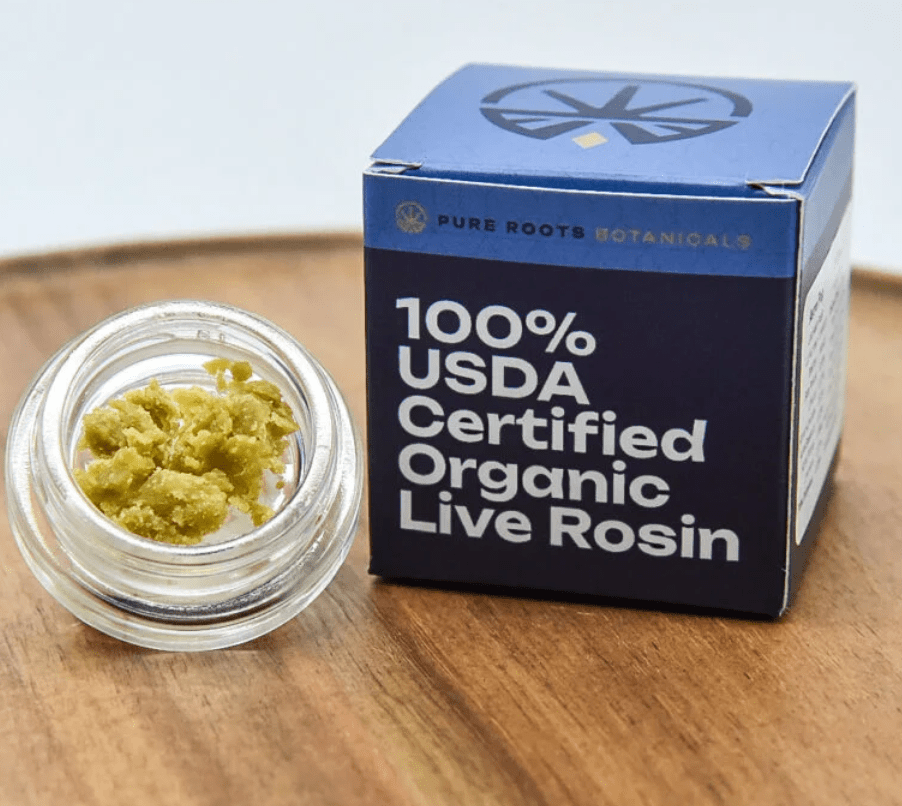Shampooing is a fundamental step in hair care, but not all shampoos are created equal. From the vast array available, two main categories stand out: normal shampoo and clarifying shampoo. Each serves a distinct purpose, catering to different hair needs. Let’s dive into the nuances and discover what sets them apart.
I. Introduction
A. Definition of Shampoo
Shampoo, in its basic form, is a hair care product designed to clean the hair and scalp. It plays a crucial role in removing dirt, oil, and styling product residue.
B. Importance of Choosing the Right Shampoo
Selecting the right shampoo is vital for maintaining healthy hair. The choice between normal and clarifying shampoo depends on various factors, including hair type, lifestyle, and specific concerns.
II. Normal Shampoo
A. Composition and Purpose
Normal shampoos typically contain mild cleansers and moisturizing agents. They aim to cleanse the hair gently without stripping away essential oils.
B. Benefits
- Suitable for daily use
- Maintains natural hair oils
- Ideal for dry or damaged hair
C. Drawbacks
- May not effectively remove product buildup
- Might leave residue on oily hair types
III. Clarifying Shampoo
A. Composition and Purpose
Clarifying shampoos have a more potent formulation, often containing stronger cleansing agents. They are designed to deep-clean the hair and scalp, removing stubborn buildup.
B. Benefits
- Eliminates product residue
- Provides a deep cleanse
- Restores hair’s natural shine
C. Drawbacks
- Can be harsh on dry or colored hair
- Not recommended for daily use
IV. Key Differences
A. Cleansing Intensity
Normal shampoos offer a milder cleanse, while clarifying shampoos provide a deep and thorough cleaning.
B. Frequency of Use
Normal shampoos are suitable for daily use, while clarifying shampoos are recommended on an occasional basis.
C. Ingredients
The formulation of normal shampoos includes gentle cleansers, whereas clarifying shampoos may contain stronger agents like sulfates.
D. Impact on Hair Color
Clarifying shampoos may fade hair color more quickly than normal shampoos.
E. Effectiveness against Buildup
Clarifying shampoos excel at removing stubborn product buildup, unlike normal shampoos.
V. When to Use Each Type
A. Normal Shampoo
Use normal shampoo for regular, daily cleansing to maintain a healthy balance of natural oils.
B. Clarifying Shampoo
Incorporate clarifying shampoo when you notice product buildup or want a deep cleanse, but avoid using it too frequently to prevent excessive dryness.
VI. Tips for Using Clarifying Shampoo
A. Frequency
Limit the use of clarifying shampoo to once a week or as needed to prevent over-drying.
B. Impact on Colored Hair
Be cautious when using clarifying shampoo on colored hair, as it may affect the vibrancy of the color.
C. Follow-up Care
After using clarifying shampoo, follow up with a hydrating conditioner to restore moisture.
VII. DIY Clarifying Shampoo Options
A. Baking Soda Mix
Create a paste with baking soda and water for a homemade clarifying option.
B. Apple Cider Vinegar Rinse
Mix apple cider vinegar with water to create a natural clarifying rinse.
C. Lemon Juice Solution
Combine lemon juice with water for a DIY clarifying option with a refreshing citrus scent.
VIII. Common Misconceptions
A. Stripping of Natural Oils
Contrary to common belief, clarifying shampoo, when used appropriately, does not strip the hair of essential oils.
B. Impact on Hair Texture
While clarifying shampoo can make hair feel squeaky clean, it doesn’t necessarily alter the natural texture.
IX. How to Choose the Right Shampoo for Your Hair
A. Hair Type Considerations
Consider your hair type—whether it’s oily, dry, curly, or straight—when selecting a shampoo.
B. Specific Hair Concerns
Address specific concerns such as dandruff, frizz, or color-treated hair with targeted shampoos.
X. Testimonials and Experiences
A. User Stories
Explore real-life experiences of individuals who have benefited from using either normal or clarifying shampoo.
B. Expert Opinions
Gather insights from hair care experts on the suitability of each type of shampoo for different hair needs.
XI. The Science Behind Shampooing
A. Hair and Scalp Chemistry
Understand the science behind how shampoos interact with the hair and scalp.
B. Role of Surfactants
Learn about the role of surfactants in cleansing and why different shampoos have varying levels of foaming.
XII. Environmental Impact
A. Packaging
Consider the environmental impact of shampoo packaging and opt for sustainable options.
B. Biodegradability
Explore shampoos that prioritize biodegradable ingredients to reduce environmental impact.
XIII. Shampoo Trends
A. Sustainable Formulations
Discover the growing trend of shampoos formulated with sustainability in mind.
B. Organic and Natural Ingredients
Explore the popularity of shampoos containing organic and natural ingredients.
XIV. Conclusion
A. Recap of Key Differences
Summarize the key distinctions between normal and clarifying shampoos.
B. Importance of Informed Shampoo Choices
Highlight the significance of making informed choices based on individual hair needs.
XV. FAQs
A. Can I use clarifying shampoo daily?
Clarifying shampoo is not recommended for daily use, as it may lead to excessive dryness.
B. Will clarifying shampoo strip my hair color?
While clarifying shampoo may fade color over time, using it occasionally is unlikely to strip hair color drastically.
C. Are all-natural shampoos as effective as clarifying ones?
The effectiveness of all-natural shampoos varies, and they may not offer the deep cleanse provided by clarifying shampoos.
D. How often should I switch between normal and clarifying shampoo?
Switch between normal and clarifying shampoo based on your hair’s needs, but generally, once a week for clarifying is sufficient.
E. Can I make my own clarifying shampoo at home?
Yes, DIY options like baking soda, apple cider vinegar, or lemon juice can serve as effective homemade clarifying shampoos.



